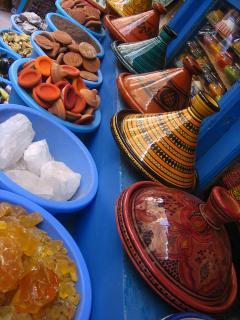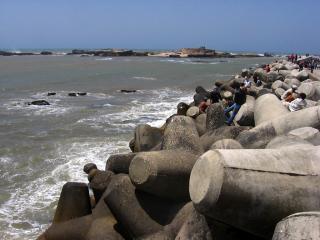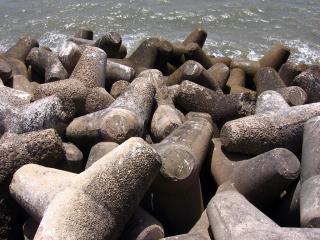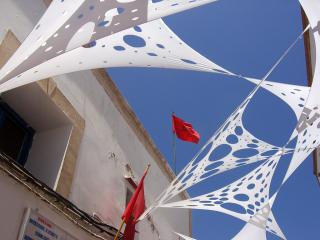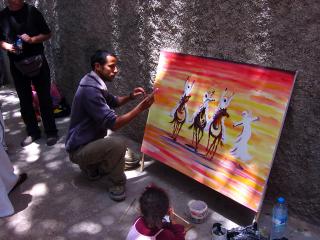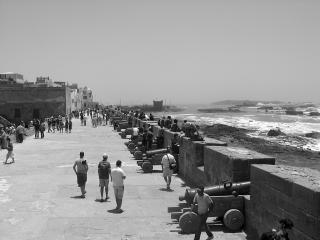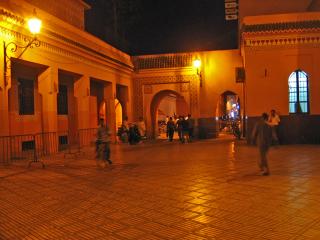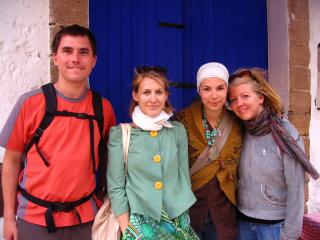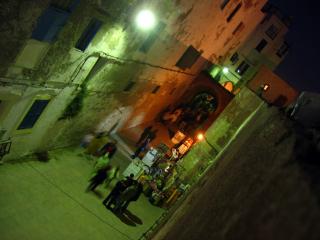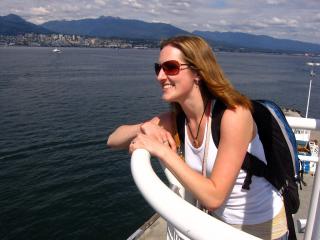Normally, I try to give films at least a couple of paragraphs of commentary after I have seen them. Times of late have been busy, so I will be briefer here.
Ocean’s 13: The nonsensical plot was easy enough to anticipate, but what made this film stand out as particularly poor was the overwhelming lack of style. The first film in the series looked fresh and interesting. This one is a tired attempt at spinning more money out from a franchise long past its prime.
Shooter: I saw this on the plane, and regret not using the time to sleep. The plot was preposterous, the acting and action scenes poor, and the physics abysmal. Take pains to avoid this film.
Firehouse Dog: This one, I half-watched without any sound. Even so, it was a markedly better film than Shooter.
Last King of Scotland: Jonathan and I watched this film in the form of a DVD of dubious legitimacy I bought in Morocco. Overall, it is quite well done. At times, quite funny, at others, suitably dire for a film about Idi Amin.

